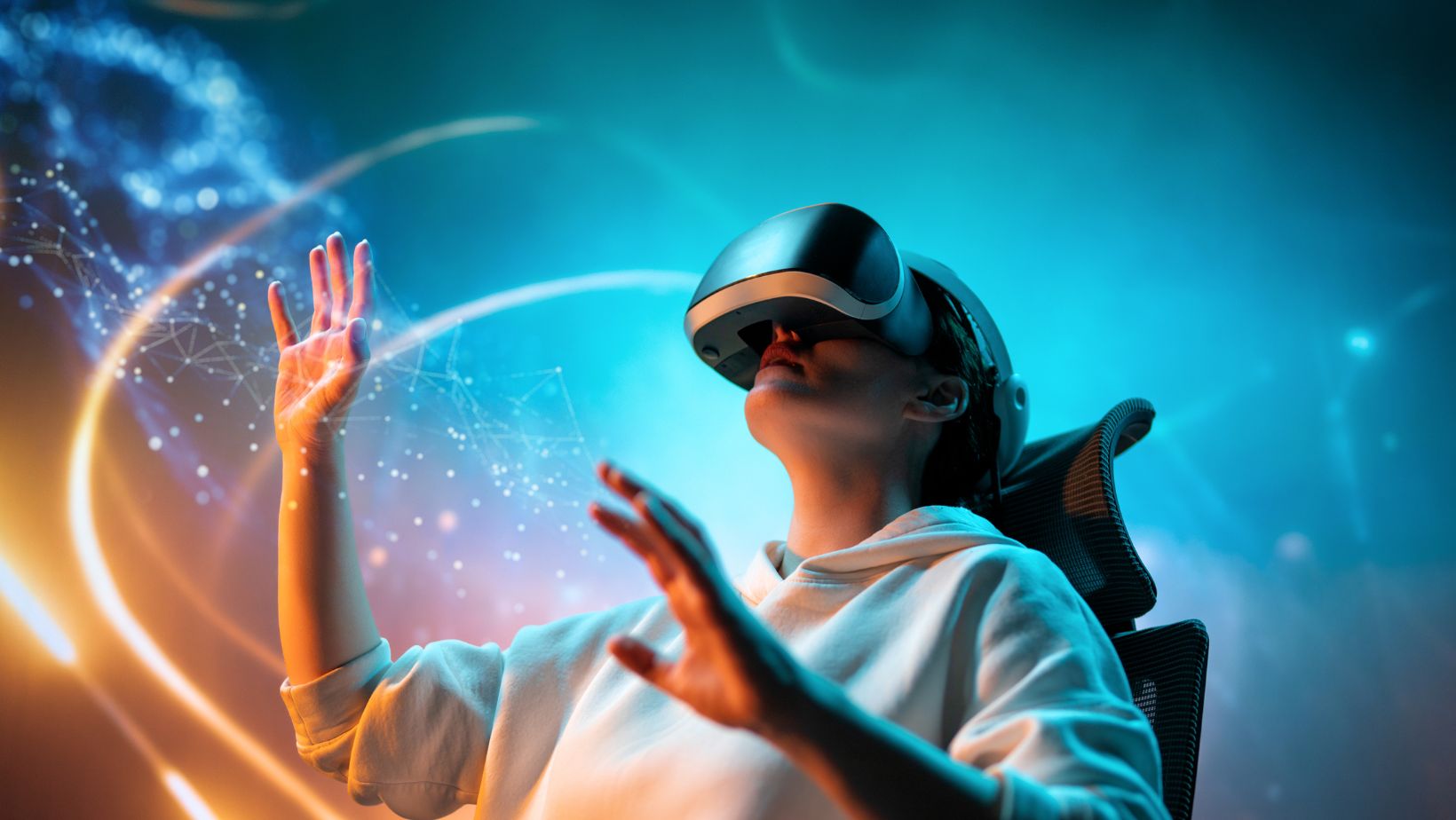In just a few short years, the lines between sports spectatorship and gaming have all but disappeared.
As technology continues to shape how fans experience major tournaments, the 2026 FIFA World Cup and 2028 Los Angeles Olympics are on track to become the most immersive sporting events in history – not only for those in the stadiums, but for millions following from home.
Table of Contents
ToggleFrom Watching to Participating
The concept is simple but transformative: using augmented reality (AR) to turn passive viewing into active participation. Fans can now point their smartphones toward the pitch, field, or screen and see layers of digital information unfold – player stats in real time, replays, 3D graphics, and interactive mini-games that reward engagement.
The Paris 2024 Olympics gave a glimpse of what’s coming. Using prototype AR glasses and phone-based overlays, visitors could view athlete performance data as events happened, or unlock “digital collectibles” for attending specific venues. But Los Angeles 2028 is expected to go further, with AR woven into the entire experience, from ticketing and wayfinding to real-time fan competitions.
World Cup 2026: Stadiums Meet the Metaverse
Football’s global showcase will be no exception. The 2026 World Cup – hosted across the U.S., Canada, and Mexico – is experimenting with AR-enhanced apps that let fans predict match outcomes, collect digital badges, and join global leaderboards in real time.
The FIFA Fan Festival app will reportedly feature “stadium quests,” where attendees can unlock exclusive AR filters, trivia challenges, or discount codes by visiting certain venues. For remote fans, the same tools turn matchdays into interactive events, mirroring the rise of virtual sports and esports engagement already dominating online platforms.

This crossover between sports, tech, and entertainment is redefining what “watching” means. Fans no longer just observe – they compete, predict, and play along, feeding into a growing appetite for participation-based entertainment.
Gamified Sponsorships and Rewards
For brands and organizers, AR also opens new commercial frontiers. Sponsors are moving beyond static logos and banners into gamified advertising, where fans earn real-world or digital rewards for interaction. A viewer might scan an AR logo mid-match to win points toward merchandise or access an exclusive athlete Q&A.
This same trend extends into digital gaming economies, where virtual rewards sometimes have tangible value. Even gambling and crypto-based platforms are integrating AR layers to make betting feel more interactive, from live 3D odds overlays to interactive token-based reward systems. For example, insights from platforms like LuckyHat’s Bitcoin Casinos show how blockchain integration enables real-time transparency and verifiable fairness – concepts that mirror the accountability fans now expect from immersive sports tech.
The convergence of these worlds, sports fandom, blockchain rewards, and gamified engagement, is a sign of how digital and physical experiences are merging under the same psychological principles of play.
Data, Ethics, and the Fan Experience
Of course, the power of these systems brings challenges. AR experiences rely heavily on data – from location tracking to behavioral analytics – to personalize rewards and recommendations. That raises important questions about privacy, consent, and algorithmic influence in a setting once defined purely by sport.
Nevertheless, early testing suggests fans are enthusiastic. Surveys from Deloitte’s 2025 Digital Sports Report show that 74% of fans under 30 prefer interactive features during live events, and more than half say they would share personal data for a more immersive or personalized experience.
The Road to Los Angeles 2028
By the time the torch is lit in Los Angeles, AR technology will likely be as integral to the Olympics as the opening ceremony itself. Rumors suggest the LA Games will feature an “Olympic World” – a hybrid digital hub where fans can explore venues virtually, earn badges for supporting athletes, and even compete in digital “mirror events” that track performance through wearables.
For organizers, it’s not just about novelty, it’s about longevity. Gamified AR systems keep fans engaged before, during, and after events, extending the life of each competition far beyond its closing ceremony.
From casual prediction games to virtual medals and AR-enhanced replays, the future of sports fandom is shaping up to be deeply participatory. What began as a marketing tool is fast becoming a central pillar of modern sports culture, one where the distinction between audience and athlete, between game and reality, grows ever thinner.
As the world prepares for the next great global tournaments, one thing is certain: the stadium of the future won’t just be built in concrete and steel – it will live, quite literally, in our hands.




